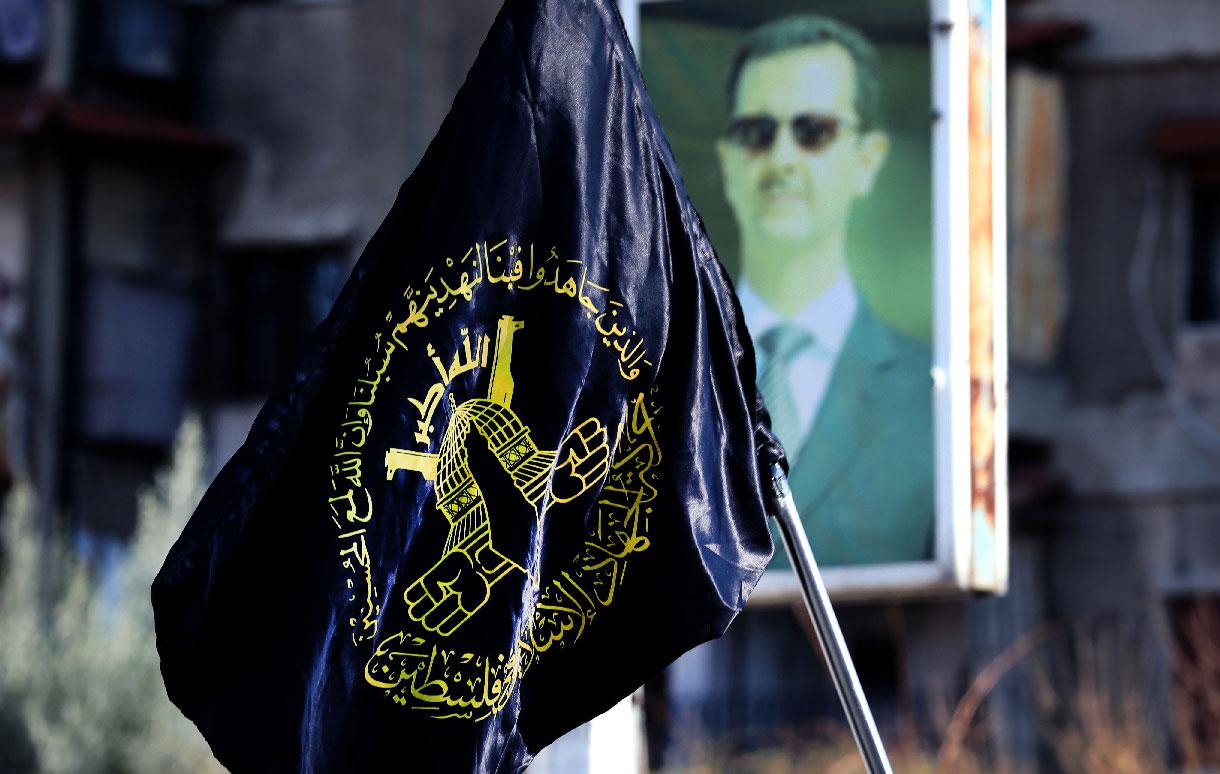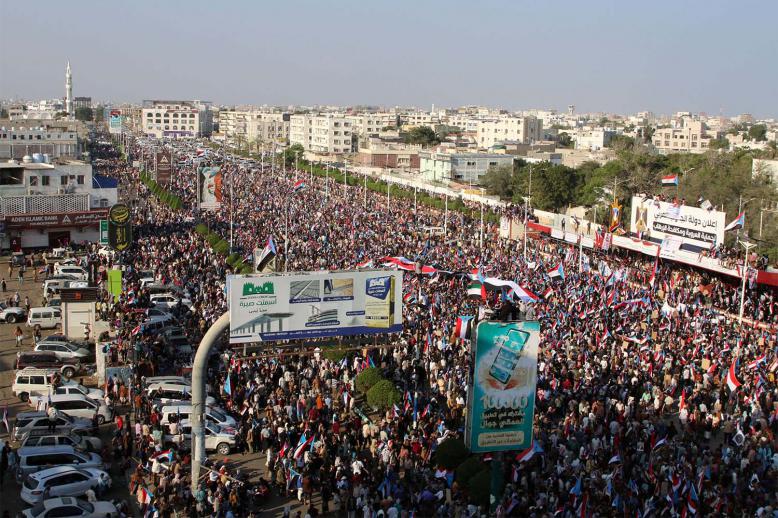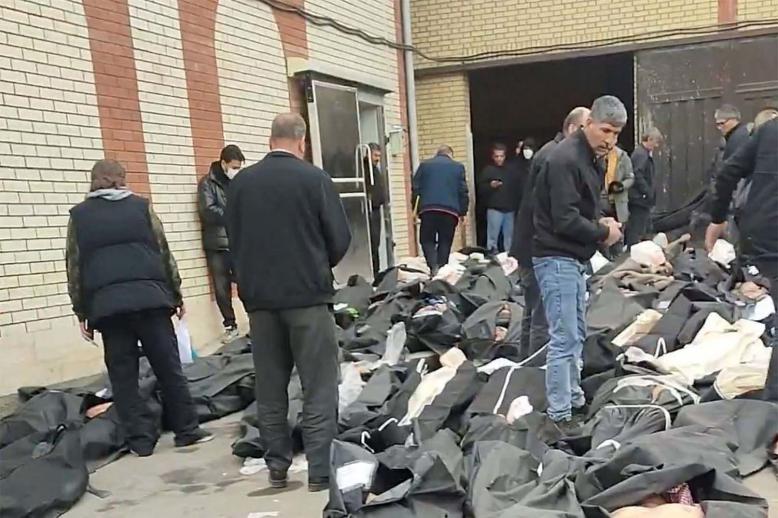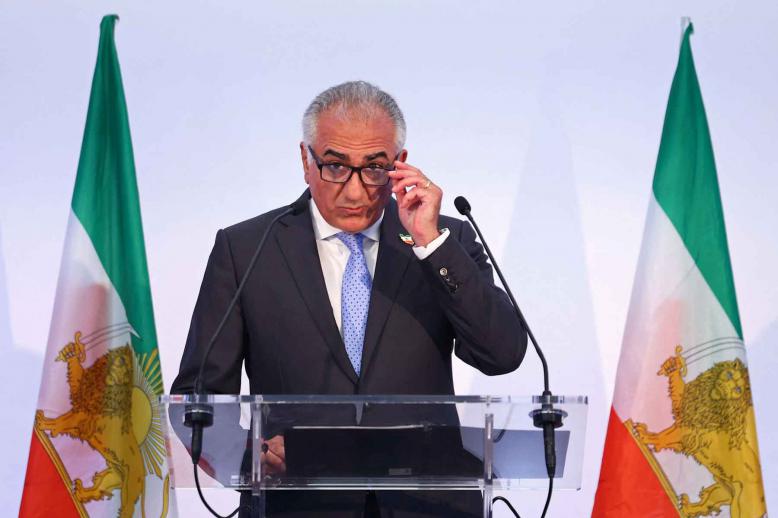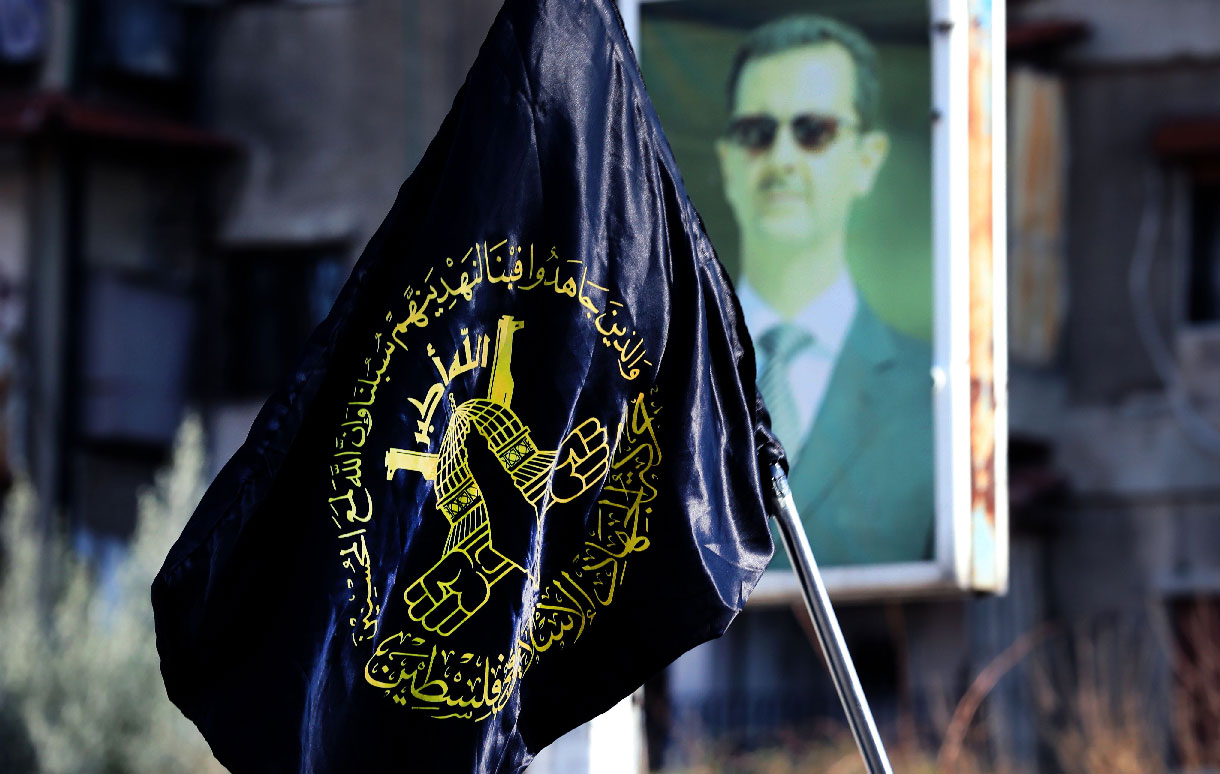Islamic Jihad rises with Iranian-Syrian support
BEIRUT - Israel carried out air strikes February 24 over Damascus, killing at least two people. The intended target, it seems, was Ziyad Nakhaleh, the 57-year-old head of the Islamic Jihad movement in Palestine.
Last November, the Israeli Defence Forces tried to assassinate Akram al-Ajouri, another leader of Islamic Jihad, striking at his home in the upmarket residential neighbourhood of West Mezzeh, also in Damascus.
Both men are part of Islamic Jihad’s leadership elected in September 2018. Five of them are based abroad, commuting between Syria, Lebanon and Iran.
Nakhaleh spent 14 years in Israeli prisons and, upon his release, was one of the co-founders of Islamic Jihad. He was appointed to its first Shura Council by founder Fathi Shaqaqi. He was also tasked with laying the groundwork for Saraya al-Quds, the military wing of Islamic Jihad, with which he remains a very prominent and influential figure, explaining why Israel wants him dead.
Nakhaleh played a critical role in the first intifada in 1987 and was arrested one year later and banished to southern Lebanon, where he lived until 1994. He moved to Beirut after the election of Hassan Nasrallah as secretary-general of Hezbollah, who was and remains a good friend of his, and finally to Damascus.
Unlike Hamas’s Khaled Meshaal, Nakhaleh did not voice opposition to the Syrians and refused to follow the Muslim Brotherhood in Cairo after the 2012 election of Muhammad Morsi. In 2014, he played an important role in the Gaza ceasefire talks in Egypt. The same year he was placed on the US terrorist list with a $5 million bounty on his head.
Nakhaleh is on Israeli Prime Minister Binyamin Netanyahu’s hit list, accused of being behind the latest escalation in Gaza. He has revived Islamic Jihad after seven years of slumber, restoring its previous aura on the Palestinian street and reviving its status as a strategic partner of Hamas, rather than a subordinate.
Diminishing Iranian influence in Gaza
“Iran, rather than Syria, is the real patron of Islamic Jihad,” said Tareq Baconi, a Palestinian analyst at the International Crisis Group in Belgium. “Syria, however, is one of the few countries that allows the movement to be located above ground.”
That was done mainly to keep a Syrian back channel open with the Palestinian territories after relations with Hamas were suspended in 2012, when they packed up and left Syria, snuggling up instead to the Muslim Brotherhood government in Cairo and setting up base in Doha, which was actively pursuing regime change in Damascus.
Hamas bankrolled the armed opposition in the Yarmouk Camp, providing it with weapons and mines, and Meshaal raised the tricolour flag of the Syrian opposition, making rapprochement with Damascus virtually impossible.
The Iranians tried hard to mend relations between Hamas and Syria, after it became clear to them that Bashar al-Assad was going nowhere, as did Hezbollah. But the Syrian government demanded a complete break between Hamas and Qatar, along with the toppling of Khaled Meshal, refusing to restore any Hamas' assets that they had seized.
When rapprochement failed, Iran and Hezbollah settled for a Damascus-Islamic jihad axis instead, one that would keep the so-called “Axis of the Resistance” intact to serve Iranian interests in the Arab world.
The money for Islamic Jihad would come from Iran but Islamic Jihad bases, training camps and senior leadership would be in Syria, upholding a long-held Palestinian tradition of waging war against Israel from “countries of the necklace” (duwal al-tawq) that surround Israel, namely Jordan, Lebanon or Syria.
That made more sense after Hamas slipped out of Iranian control, as Iranian money stopped entering the Gaza Strip. Iranian patronage of Hamas dates to 1993 when its leadership was invited to open an office in Tehran after they opposed the Oslo Accords. By 2007, Iran was bankrolling them with $120 million per year, money that Iran no longer has after its resources were stretched thin by the Syrian conflict.
A win-win scenario
Islamic Jihad, with its new leadership, is less costly to fund and more politically rewarding, given Hamas’s collapsing powerbase in Gaza, after years of poor government marred by corruption, lack of basic services and soaring unemployment.
Additionally, Islamic Jihad is “more amenable to Iranian dictates than Hamas,” Baconi said. It is less willing to argue and more willing to accept orders with no questions asked. It will be using Iranian and Syrian support to stand in upcoming Palestinian parliamentary elections, which Palestinian President Mahmoud Abbas has called for this year, although the precise date has yet to be revealed.
When the Palestinians last voted in 2006, Hamas won 74 out of 132 seats in parliament, a majority it will have a hard time matching in 2020.
With support from Tehran and Damascus, however, Islamic Jihad might surprise everybody and perform well. Unlike Hamas, it carries no burden of poor governance and seems to be gaining new members by the day because of its resumed rocket attacks against Israel and its position on US President Donald Trump’s Deal of the Century.
Sami Moubayed is a Syrian historian and author of Under the Black Flag.
This article was originally published in The Arab Weekly.


